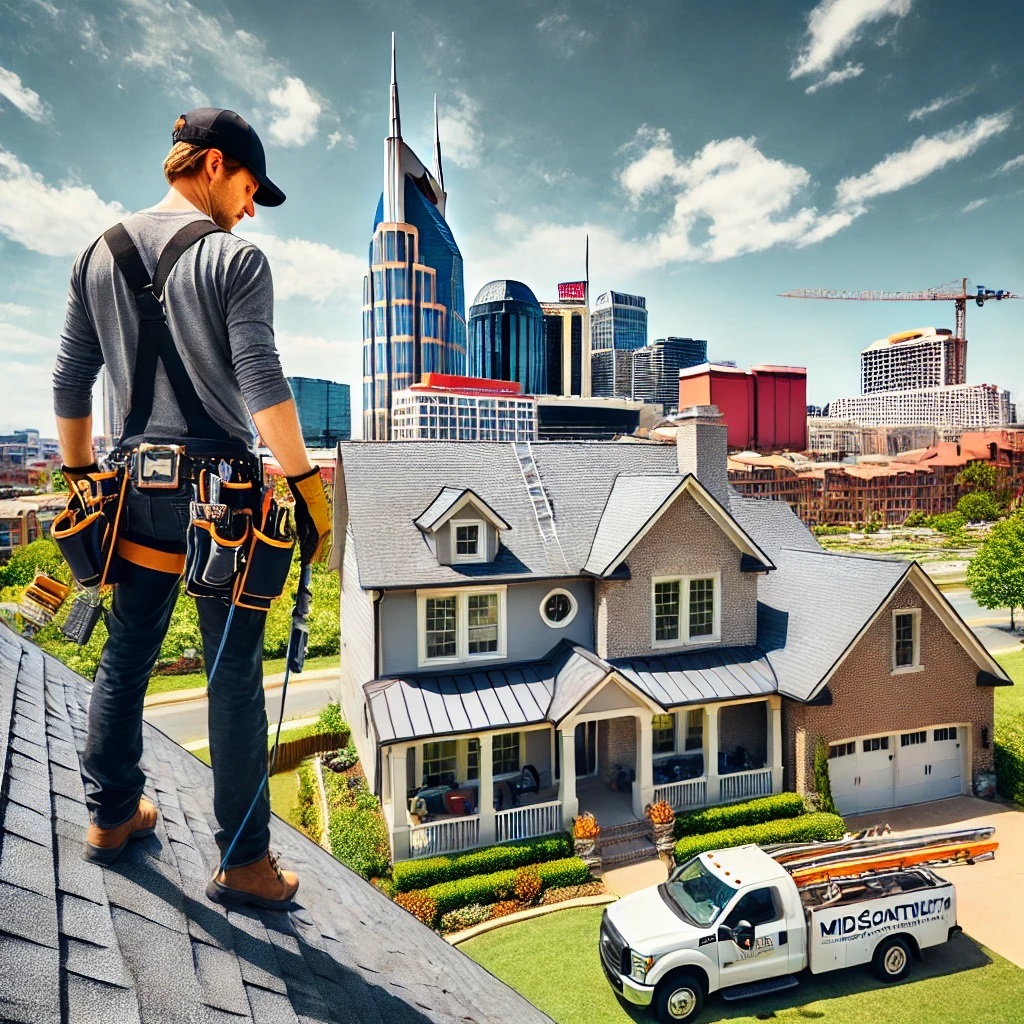
A roof is a home’s first line of defense against the elements, and like any other vital structure, it requires regular inspection to ensure its integrity. While roof repairs and replacements are inevitable over time, conducting thorough roof inspections can prevent major issues before they become costly problems. Proper roof inspection involves assessing the overall condition of the roofing materials, the underlying structures, and key areas that are susceptible to wear and tear Proper Roof Inspection. Homeowners who perform routine roof inspections can extend the life of their roofs, enhance their home’s energy efficiency, and prevent significant structural damage. This article outlines the steps involved in a proper roof inspection, highlighting its importance and providing homeowners with a guide to keeping their roofs in optimal condition.
- Why Regular Roof Inspections Are Essential
Roof inspections are crucial because they help identify potential problems early on, preventing expensive repairs down the road. Over time, weather, UV rays, and environmental factors can cause roofing materials to deteriorate, leading to issues such as leaks, mold growth, and structural weakening. By regularly inspecting the roof, homeowners can spot minor issues like missing shingles, loose flashing, or clogged gutters before they turn into larger problems that require extensive repairs or even a full roof replacement. Moreover, inspections help homeowners maintain the home’s energy efficiency, as unnoticed gaps or cracks in the roof can cause significant heat loss in winter or cooling loss in summer. - When and How Often to Conduct a Roof Inspection
A proper roof inspection should be conducted at least twice a year—once in the spring and once in the fall—to assess any damage caused by seasonal changes. Spring inspections help identify any issues that may have arisen due to winter snow, ice, or heavy winds, while fall inspections prepare the roof for harsher conditions like rain, snow, and freezing temperatures. Additionally, roof inspections should be carried out after any severe weather event, such as a storm or hurricane, which could damage the roof or loosen its materials. Regular inspections allow for prompt detection of issues that could worsen if left unattended. - Exterior Roof Inspection: Key Areas to Focus On
The exterior portion of the roof is the most exposed to environmental factors and should be the primary focus of any inspection. Homeowners should carefully examine the condition of the roofing materials, checking for missing, curling, or cracked shingles, which are common signs of aging or storm damage. Pay particular attention to the areas around chimneys, vents, skylights, and valleys, as these areas are more prone to leaks. Flashing, which seals the edges of these roof penetrations, should also be examined for any signs of corrosion, cracks, or looseness. Finally, gutters and downspouts should be inspected to ensure they are free of debris, as clogged gutters can cause water to back up and damage the roof’s structure. - Interior Roof Inspection: Identifying Hidden Issues
Inspecting the interior of the roof, particularly from the attic, is just as important as the exterior assessment. Water damage, even from a minor leak, can lead to extensive structural issues, mold growth, and weakened insulation. Homeowners should check the attic for any signs of water stains, mold, or damp insulation, which are indicators of leaks in the roof. Be sure to also look for any light coming through the roof boards, as this could suggest gaps or missing shingles. A proper interior roof inspection will reveal any hidden damage that may not be visible from the outside, allowing for timely repairs that prevent further deterioration. - Using Professional Roof Inspectors: When to Call in the Experts
While homeowners can conduct basic roof inspections on their own, certain issues may require the expertise of a professional roofer. A licensed roof inspector has the training and tools necessary to identify less obvious problems, such as subtle structural weaknesses, aging materials, or damaged underlayment. Additionally, professional inspections are more thorough and can provide homeowners with detailed reports on the condition of their roofs, including recommendations for repairs or replacement. It’s particularly important to seek professional help after severe weather events or when selling or purchasing a home, as a certified inspection can provide peace of mind and ensure that the roof is in sound condition. - Roof Inspection Safety Tips
Conducting a roof inspection can be dangerous, particularly if the roof is steep or damaged. Homeowners should prioritize safety and avoid walking directly on the roof, especially when wet, icy, or in poor condition. Instead, binoculars can be used from the ground to check for damage on higher sections of the roof. If it is necessary to climb up for a closer look, ensure that a sturdy ladder is used and that proper safety gear, such as slip-resistant shoes and a harness, is worn. It’s always a good idea to have someone nearby when inspecting the roof in case of accidents. - The Long-Term Benefits of Routine Roof Inspections
Regular roof inspections offer significant long-term benefits by extending the lifespan of the roof and reducing the risk of expensive repairs. By identifying and addressing small issues early, homeowners can prevent water damage, mold growth, and structural problems that could compromise the integrity of the home. Moreover, routine inspections help maintain the energy efficiency of the house by ensuring that there are no gaps or cracks that allow heat or cool air to escape. Investing time in proper roof inspection not only protects the home but also enhances its overall value, making it a wise decision for any homeowner who seeks to preserve their property.
In conclusion, proper roof inspections are a critical component of home maintenance. By regularly inspecting both the interior and exterior of the roof, homeowners can detect early signs of wear and tear, prevent costly repairs, and ensure the longevity of their roof. Whether performed by the homeowner or a professional, roof inspections are an investment in the home’s safety, energy efficiency, and structural integrity, ultimately saving time, money, and hassle in the long run.